How to Sand Latex Paint?
All you might want to learn about the correct latex paint sanding
When we are into any home painting project, it is important to know how to apply different types of paint correctly. If we don’t do this according to the rules, chances are high that we will end up with poorly applied paint that either won’t last long or won’t even be able to adhere to the surface we apply it to!
Even such a common and popular paint as latex paint has certain recommendations regarding its application. And if you have ever wondered how to sand latex paint, in this article, you are going to find the answer.
We will explain not only how to sand latex paint correctly, providing you with a step-by-step guide. You will also learn whether sanding is needed at all for this type of paint, and also, how to sand it from walls correctly.
We will also tell you what tools you will need for that.
Finally, you will find out whether it is needed to sand between the coats of paint, and how much time you need to wait before the latex paint dries and you can start sanding it.
With these life hacks and tips, you will be able to prepare any surface in your home for the paint application procedure correctly and get the smooth surface that paint will perfectly adhere to, providing you with an even and glossy finish.
How to Sand Latex Paint to a Smooth Line?
Often, before you start applying the new coat of paint to any surface (a wall, a cabinet, a fence, etc.), the coat of old paint has to be removed. And in the majority of cases, sanding is the best and the quickest way of doing that.
If you need to sand down fresh latex paint, the steps that need to be taken for that are pretty simple. Usually, you just need to take care of the sandpaper that you are going to make use of. Typically, it should be 120-150 grit sandpaper.
But before you learn more about the steps of sanding down latex paint, we would like you to make sure that the paint is actually ready for sanding.
For this, you have to keep several points in mind. We listed them below for you.

IgorVetushko via crello
Check What Type Of Latex Paint You Are Working With
Most of us have no idea that the properties of the paint (for example, its thickness and color, and others) play an important role during the sanding process, as well as in the proper preparation for it.
Everyone knows that there are various types of paints on the market, and all of them have their own different drying times, for instance. Also, there are some paints that can be repeatedly applied after a small interval of time, let’s say, four hours.
However, at the same time, you can find paints that may even need 12, 18, or 24 hours to dry! Of course, with such paints, you need to be patient when going to sand them.
The way the paint is applied is also an important factor. For example, if you apply the paint with the help of an airless sprayer, it will be much more difficult to do than if you were applying it with a paintbrush.
Moreover, paints of dark colors tend to require more time for drying than paints of lighter colors.
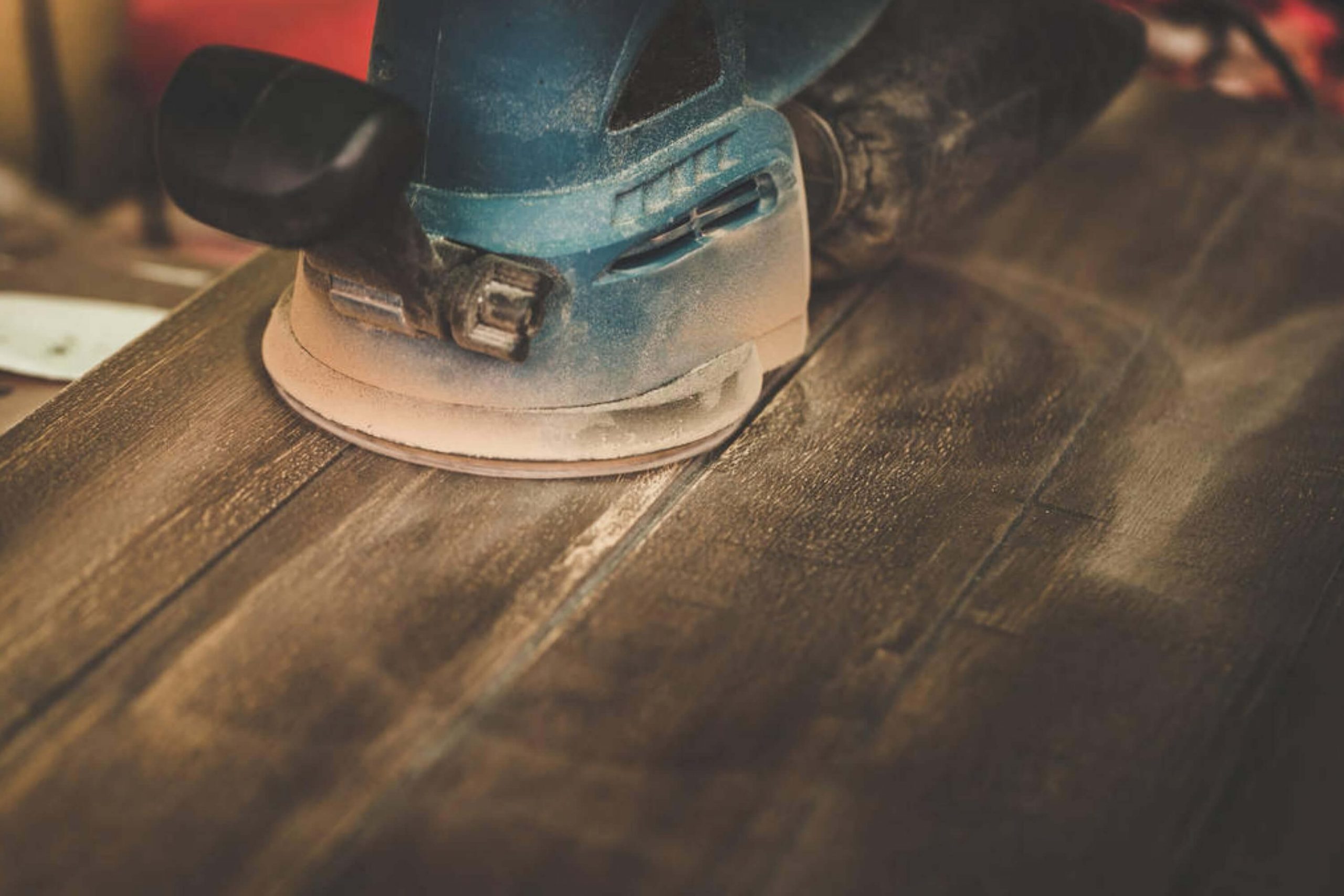
bluebe via crello
Related: Can You Apply Oil Based Paint Over Latex Paint?
Table of Contents
Choose The Right Time
It is not enough to just give the paint a sufficient amount of time for drying, as most of you might think. You also need to make sure that you are working in the ideal conditions.
For example, if you are applying paint outdoors, we would suggest you avoid painting if the weather is windy. Of course, the paint will dry quicker on the one hand.
But on the other, all the dust and pollen that are accumulated in the air will contaminate the paint simply because it will be wet!
So if you want to know what the best drying conditions are, check this out:
- The temperature should be 70-80 degrees Fahrenheit.
- The humidity required should be less than 70%.
- If the humidity is higher than 80% or the temperature is less than 65 degrees Fahrenheit, give the paint some extra time to dry!

Ischukigor via crello
Use the Correct Sandpaper (120-150 Grit Sandpaper)
Using the right type of sandpaper is guarantee of high-quality sanding and a smooth surface afterward. We recommend you opt for 120-150 grit sandpaper. Just take the sandpaper and wrap it on a block.
Using wrapped sandpaper will be easier and thanks to this, you will be able to use it on all surfaces, no matter whether it is wood or wall.
This type of sandpaper is ideal if you need to sand the surface and avoid damaging the paint at the same time.
However, we want to warn you that it is possible that some color might come off during the sanding! But this is not something that you should worry about.

SeventyFour via crello
Start Sanding
Once you get the right sandpaper (remember it should be a 120-150 grit one), you can finally start sanding. We recommend you always start the sanding process from the edge of the surface.
If you are using lower grit sandpaper, keep in mind that they tend to be a bit rough. So while using such, do your best to not add too much pressure!
Like this, you will achieve a smooth surface and make it ready for the next layer of latex paint.

underworld1 via crello
Use Ultra-Fine Sandpaper to Finish the Process
After all the latex paint is sanded off by you, it is time to add the next layer of latex paint to the surface that is being painted. After you are done with the application of the last coat of latex paint, remember to sand the surface with ultra-fine sandpaper.
It will make it absolutely smooth! For this purpose, it is best to make use of 320-400 grit sandpaper. With its help, you will get the perfect results!
So, now you are aware of how to sand latex paint, and also, you learned a few handy life hacks that refer to this process. As you can see, sanding paint off is not a big deal and you won’t need any special equipment or tools, just sandpaper and a bit of your time and patience.
But if you do everything right, you can be sure that your job will be done well!
How to Sand Latex Paint From Walls?
If you need to repaint your interior walls, it is essential that you take the old coat of paint first! Without that, the new layer of paint will most likely be unable to adhere properly, and you will have to redo everything from the very beginning again!
What many homeowners do is that they simply apply a fresh coat of paint over an old one. But this is not what we would recommend you do! See, this method can be considered more or less fine and acceptable only in two cases:
- If the wall has not much paint that is already applied to it.
- If the old layer of paint is still in a good condition and new paint can adhere to it properly.
However, if the old layer of paint is peeling or bubbling, or displaying any other similar conditions, the new coat of paint will not stay on the wall for long after you apply it.
In fact, the new coat may not even be able to adhere to the wall at all! If this is the case, the old paint has to be removed.
Things you will need for removing the old layer of paint include:
- Wire brush
- Drop cloths
- Paint scraper
- Oscillating tool
- Scraping accessories
- Sanding accessories
- Sandpaper
- Shop vacuum
- Paintbrush
- Paint stripping gel
Below, you can find a detailed description of the manual method of paint removal and the chemical method. Like this, you will be able to decide which one is more suitable depending on your specific case.
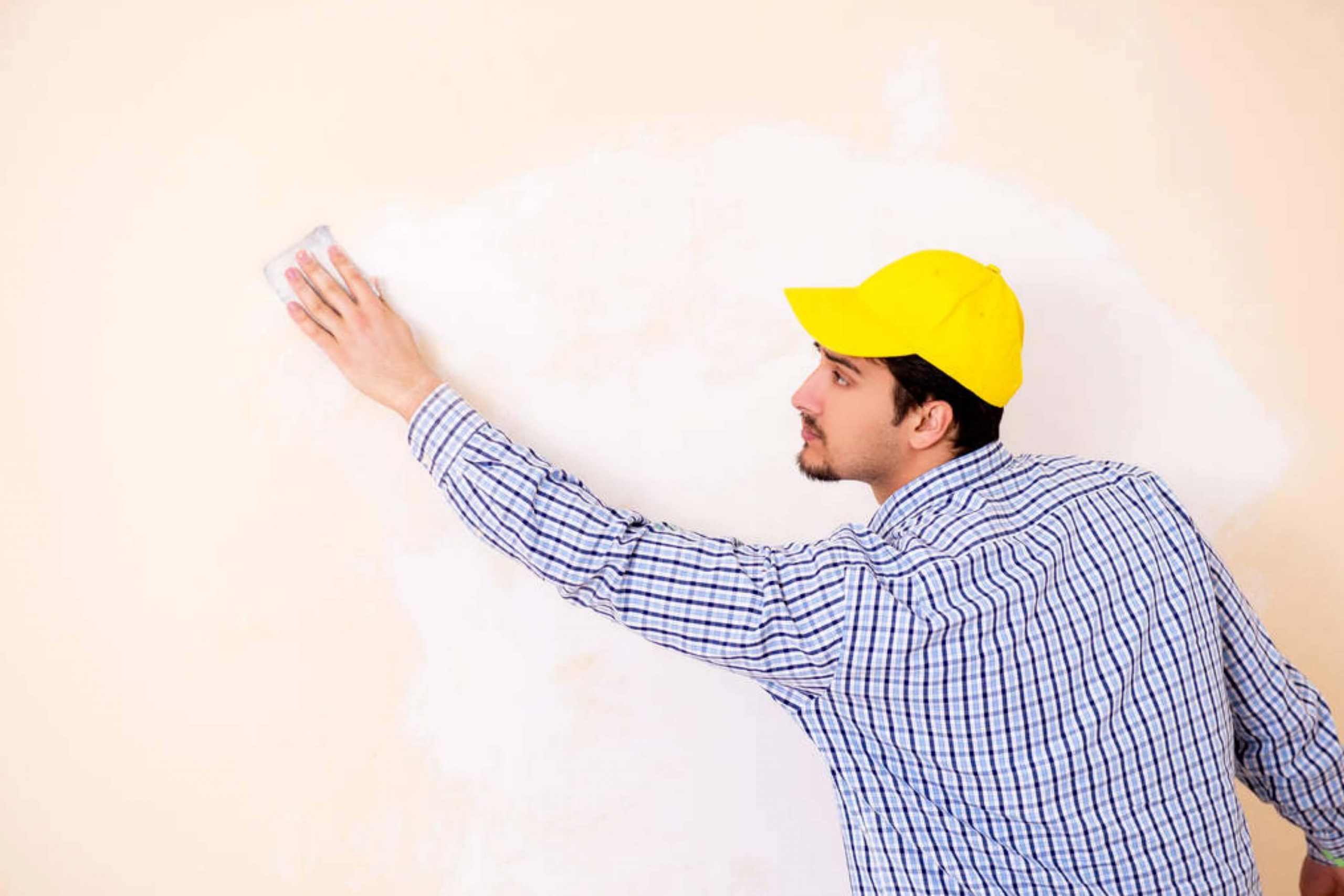
Elnur_ via crello
Manual Method
To succeed, you will have to apply some elbow grease, of course! But if you follow the next guide precisely, you will surely reach your goal.
- Start with brushing the walls with the help of a wire brush. It will allow you to remove paint that is starting to loosen from the walls safely and effectively.
- Lay a drop cloth on the floor to catch the paint flakes as they fall from the walls.
- Scrape the walls to remove all of the peeling or chipped paint. Use a sharp paint scraper to yield the best results.
- Remove difficult sections with an oscillating tool and scraping accessory.
- Sand the walls with either medium-grit or fine-grit sandpaper to remove the rest of the paint. Work in a vertical direction until you get rid of all of the paint.
- Clean up the area with a shop vacuum to be able to handle small particles of paint.
As an alternative option, feel free to use an oscillating tool with a sanding accessory. This one can be particularly useful when you are working with corners and edges!

pressmaster via crello
Related: DIY Wood Furniture Refinishing: What You Need to Know?
Chemical Method
For this method, you will need to buy some paint stripping gel. It is quite easy to find, just ask for it in any paint store! We also recommend you opt for a gel rather than a liquid paint stripper.
See, this is because the product with the gel texture will not drip on the floor! This means that you will have to clean less after you are done. And one more tip for you: choose a paint stripper that will work for acrylic or latex paint.
- Lay a drop cloth to protect the floor from the paint stripper marks.
- Dip a paintbrush unto a can of paint stripping gel.
- Cover the wall with an even layer of the paint stripping gel.
- Let it sit according to the manufacturer’s instructions.
- Scrape the paint off with a paint scraper or an oscillating tool with a scraping accessory and dispose of it.
Like this, now you know exactly how to sand latex paint off the walls quickly and effectively, and you even have two alternative methods to use.

Venerala via crello
Is It Necessary to Sand Between Coats of Latex Paint?
This question is asked quite frequently, and the answer to it is yes. It is extremely crucial for you to sand the latex paint after each coat. And it does not matter with what surface you are dealing: it can be the cabinet, the doors, and even trims.
However, if you are painting it on the wall, sanding may not be needed at all unless you are painting over the coat of oil-based paint.
And anyway, it does not matter what type of paint it is that you are using, the wall has to be sanded before you start applying the first coat of paint anyway.
However, if you are using latex paint to apply to the wall, you need to remember to sand it after each coat. If you try to sand the wall between coats, you may end up with the paint being removed entirely!
If you are painting a wall that already has oil-based paint on it, you need to sand the wall before applying the latex paint. You see, oil-based paints are really smooth, which is the reason they do not cooperate well with latex paint.

everyonensk via crello
Do I Need to Sand Before Applying Latex Paint?
This is another question that people ask when they face the necessity of sanding their old paint layer, for example. The answer is yes, the surface of the material needs to be sanded off before you start applying the coat of latex paint to it.
You need to sand every inch of the surface thoroughly though since only in this case the surface will be able to grab the paint well.
Some of you may ask: what if I am painting on a wall that already has oil-based paint on it? If this is the case, it is necessary to sand that old paint as the new layer will not allow latex paint to maintain traction. As a result, this will lead to an uneven painting.
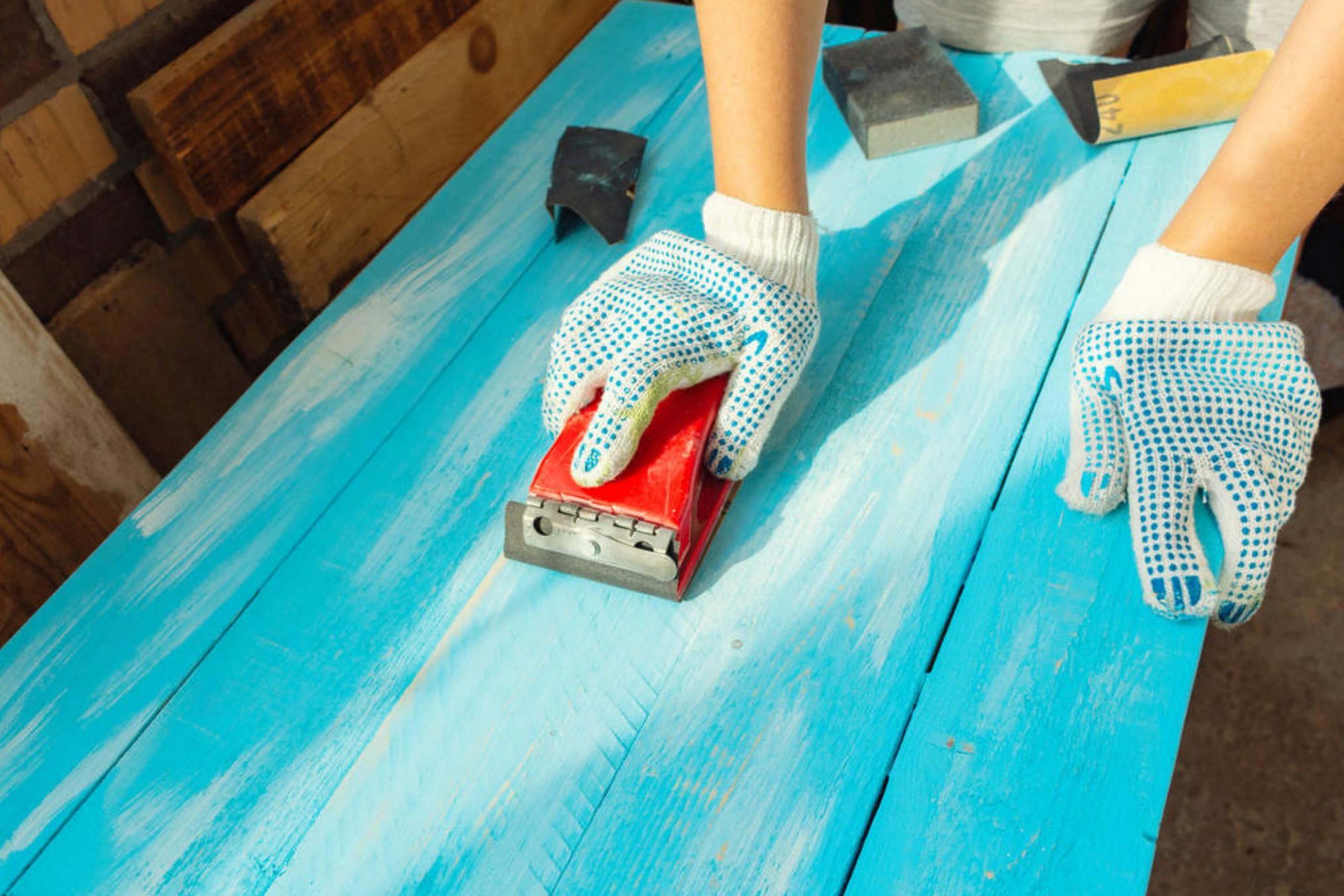
via crello
Well, this is all that we wanted to share with you on the subject of latex paint sanding today.
Now you know how to sand it, what tools are best to be used for this purpose, and you have also learned a few handy tips, life hacks, and recommendations that will allow you to avoid the most common mistakes and get an ideally smooth and ready-to-be-painted surface.
Ever wished paint sampling was as easy as sticking a sticker? Guess what? Now it is! Discover Samplize's unique Peel & Stick samples. Get started now and say goodbye to the old messy way!
Get paint samples




Frequently Asked Questions
⭐Should you rub down between coats of paint?
Lightly sanding and dusting between coats will allow you to get the best result. To remove traces of dust before painting you can buy special tack-cloths.
⭐Can you sand over latex paint?
You can wet sand latex paint with 1200-grit sandpaper. If you want to get rid of brush strokes in latex, use either wet or dry sandpaper with a grit of 180-220.
⭐How do you make latex paint smooth?
It's impossible to achieve a smooth finish with latex paint without cleaning and repairing walls. Begin by sponging the walls with an all-purpose cleanser mixed with water. Holes and dents in the drywall should be filled with spackling compound, then sanded smooth.
21 thoughts on “How to Sand Latex Paint?”
Leave a Reply



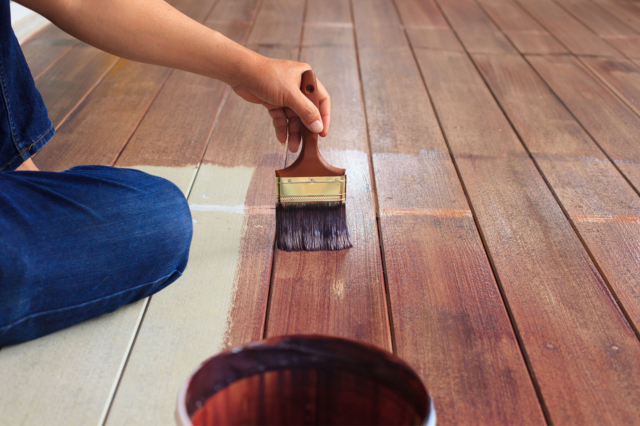

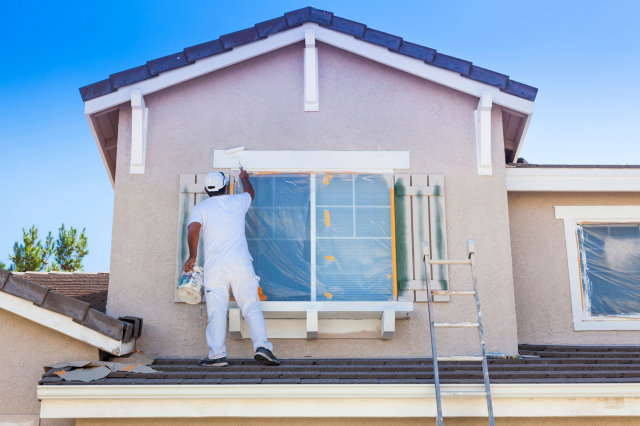
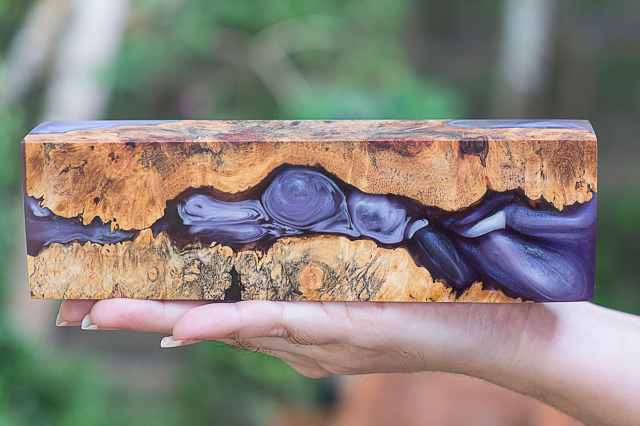

What techniques should be employed to successfully paint smooth surfaces and ensure an even coat?
How to remove latex paint effectively from various surfaces without causing damage?
For latex paint spills, a solution of warm water and mild dish soap usually does the trick. If the paint has dried, a plastic putty knife can help lift it off. For larger areas or stubborn spots, consider using a paint remover specifically designed for latex paint.
What is the proper procedure for sanding old latex paint to prepare a surface for repainting?
When sanding old latex paint, start with a medium-grit sandpaper to remove the majority of the paint. Then, switch to a fine-grit sandpaper to smooth the surface. Always sand with the grain of the wood, not against it. Afterwards, clean the surface thoroughly to remove any dust or debris before repainting.
How long does it take latex paint to dry before sanding? What is the recommended drying time for this type of paint before it can be safely sanded without damaging the finish?
Generally, it’s best to let latex paint dry for at least 24 hours before sanding. However, the exact time can depend on the thickness of the paint, the temperature, and humidity levels. Always test a small, inconspicuous area first to make sure the paint has fully hardened.
What are the best techniques for smoothing out latex paint to ensure a professional, streak-free finish?
To smooth out latex paint, start by ensuring the surface you’re painting is clean and smooth. Any bumps or imperfections can cause the paint to apply unevenly. Use a high-quality brush or roller and avoid overloading it with paint to prevent drips. Apply the paint in thin, even layers, allowing each one to dry before adding the next. If needed, lightly sand between coats to smooth out any ridges or bumps.
Hi! I know there might be no professional painter here, but I’ll take a chance! Can you sand latex primer? Does anyone know?
Hi! As far as I know, primer should also be sanded. You should sand it before the paint is applied on the wall and also sand between paint coats, too.
How much time does removing latex paint from wood take? I have a stain that was set a couple of days ago and not completely removed, so now I’m struggling to get rid of it.
If you use a paint stripper, it will take you no more than 30 minutes. The stripper will start working in 15-20 minutes already, and you will remove the paint in another 10-15 minutes if the stain is not too big.
How long does it take for latex paint to dry before sanding? I used this paint for the first time so, as you could guess, I’m not very knowledgeable when it comes to various nuances.
From my own experience, to sand properly, your paint should dry a minimum of 24 hours. But you may want to extend your project out for a few days. Anyway, a couple of extra days won’t make it worse.
Do you guys know how to smooth latex paint? I mean, how to make the finish smoother? I applied it according to the instruction but for some reason, the coating seems rough.
I guess sanding is the best option. Use 120- or 150-grit sandpaper or a fine to medium flexible sanding sponge if you have fresh latex paint. For sanding cured latex paint, you can use coarser grits.
Is it possible to sand brush strokes off the wall somehow? I’m afraid of using any harsh brushes because they could leave more scratches.
Well, if you have noticeable brushstrokes after the paint dries, I’d recommend you use 80-grit, clog-resistant sandpaper to work out those marks. Just put the sandpaper on a sanding pole or block and gently sand away at the brushstrokes.
Hi! Could somebody tell me how much time it is recommended for latex paint to dry before it can be sanded? Can I sand it right after it dries, or maybe it’s better to wait a bit more? Thanks a lot!
Hello! Judging from my own experience, it may take the paint from 12 to 24 hours to dry and be ready to be sanded off. But that’s mostly if it is painted on doors and cabinets. But you should know that latex paint might take up to thirty days to cure completely and fully harden!